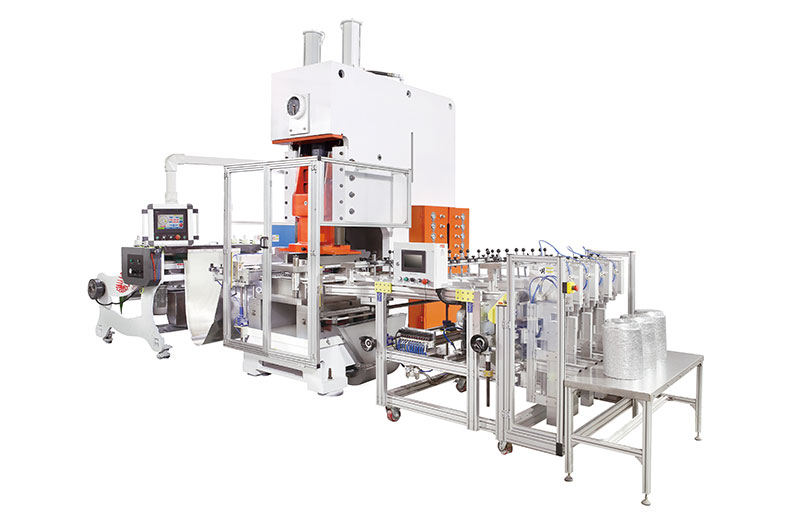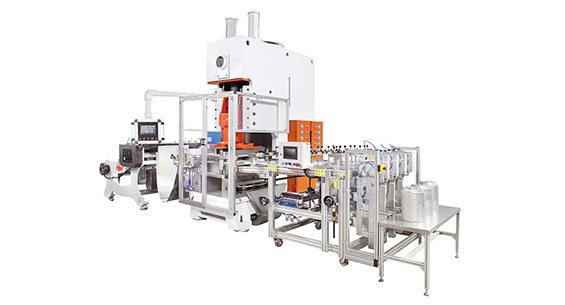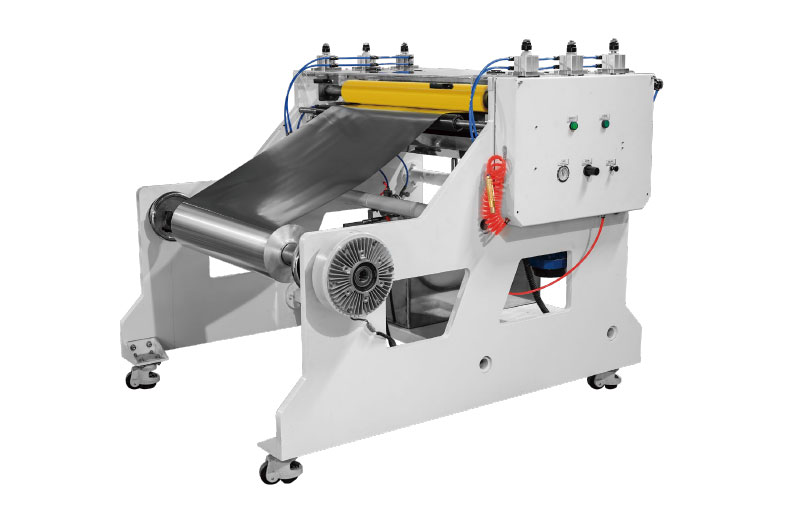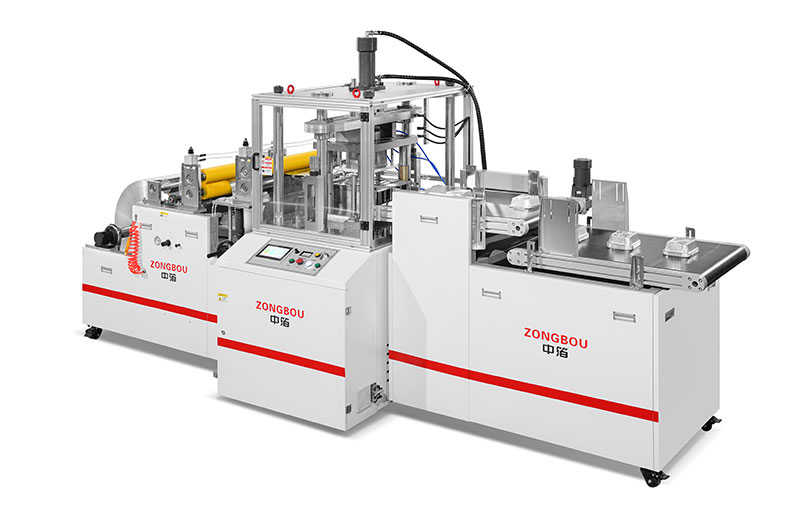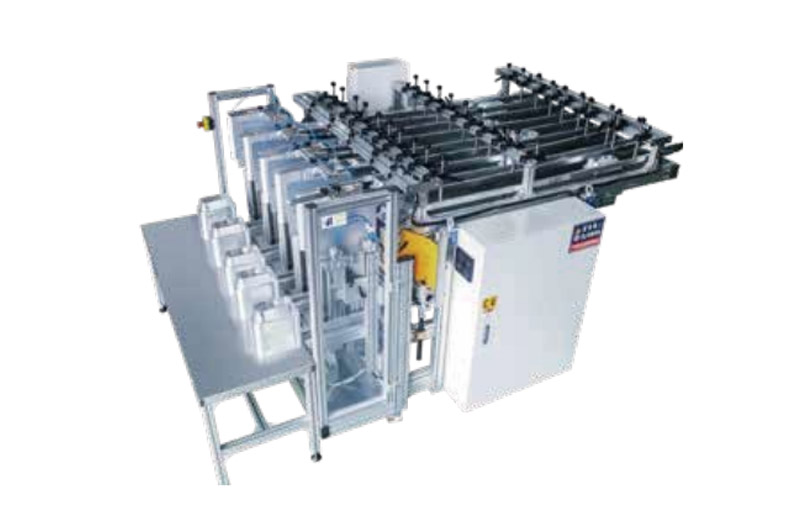The Versatility of Aluminum Foil: Understanding Different Thicknesses and Applications
Aluminum foil is a staple in both household and industrial settings, prized for its flexibility, heat conductivity, and barrier properties. One of the key factors determining its performance is thickness, which varies depending on the intended use. From ultra-thin household wraps to heavy-duty industrial foils, the right thickness ensures optimal functionality.
For manufacturers, aluminum foil container machines play a crucial role in shaping foil into food containers, trays, and packaging—each requiring specific thicknesses for durability and performance. This article explores the different thicknesses of aluminum foil, their applications, and how aluminum foil container machine adapt to these variations.
Common Aluminum Foil Thicknesses
Aluminum foil thickness is typically measured in microns (µm) or mils (thousandths of an inch). The most widely used thicknesses include:
1.Ultra-Thin Foil (6µm – 9µm / 0.2 – 0.35 mils)
Used for:
Household wrapping (e.g., covering leftovers)
Chocolate and candy packaging
Pharmaceutical blister packs
Characteristics:
Lightweight and highly flexible
May tear easily under stress
2. Standard Household Foil (10µm – 18µm / 0.4 – 0.7 mils)
Used for:
Baking and cooking (e.g., lining pans, wrapping meats)
Takeaway food packaging
Characteristics:
More durable than ultra-thin foil
Provides better heat retention
3. Heavy-Duty Foil (20µm – 30µm / 0.8 – 1.2 mils)
Used for:
Industrial food packaging
Insulation materials
Semi-rigid containers (made by aluminum foil container machines)
Characteristics:
Resistant to punctures and high heat
Ideal for repeated use
4. Extra-Heavy Foil (Above 30µm / 1.2+ mils)
Used for:
Aerospace and automotive insulation
Construction barriers
Thick foil trays for commercial catering
Characteristics:
Extremely durable
Often used in specialized industrial applications
How Aluminum Foil Container Machines Adapt to Different Thicknesses
Manufacturers of aluminum foil container machines must account for foil thickness to ensure proper forming, strength, and functionality. Key considerations include:
1.Material Feed and Handling
Thinner foils require precise tension control to avoid tearing.
Thicker foils need stronger mechanical presses for shaping.
2. Mold and Die Design
Machines must adjust pressure and temperature based on thickness. Deep-drawn containers (like those for ready meals) often use 25-30µm foil for structural integrity.
3.Production Speed & Efficiency
Thinner foils allow faster production but may require reinforcement.
Heavier foils slow down the process but yield more durable products.
4.End-Use Requirements
Food containers must meet safety standards (e.g., FDA compliance).
Thicker foils are preferred for oven-safe and reusable containers.
Conclusion
Understanding aluminum foil thickness is essential for selecting the right material for any application—whether for home use, food service, or industrial purposes. Aluminum foil container machines are engineered to handle these variations, ensuring high-quality, reliable products.
For businesses in food packaging, investing in the right aluminum foil container machine —one that accommodates different thicknesses—can enhance efficiency and product performance. As demand for sustainable and durable packaging grows, the role of optimized foil thickness and advanced machinery becomes even more critical.
Would you like recommendations on *aluminum foil container machines* based on your production needs? Let us know in the comments!


